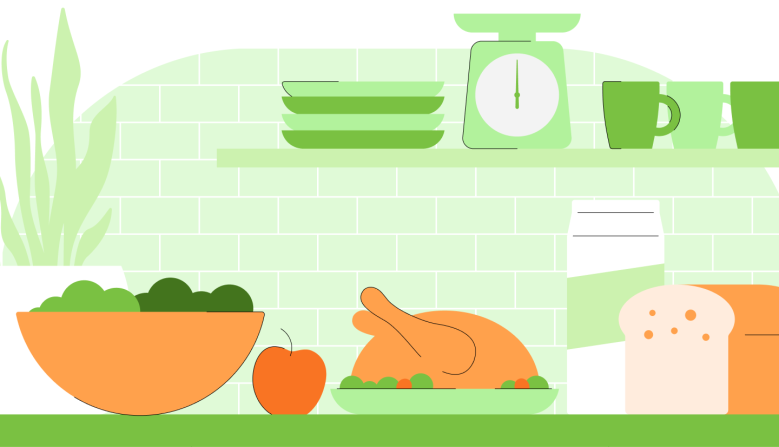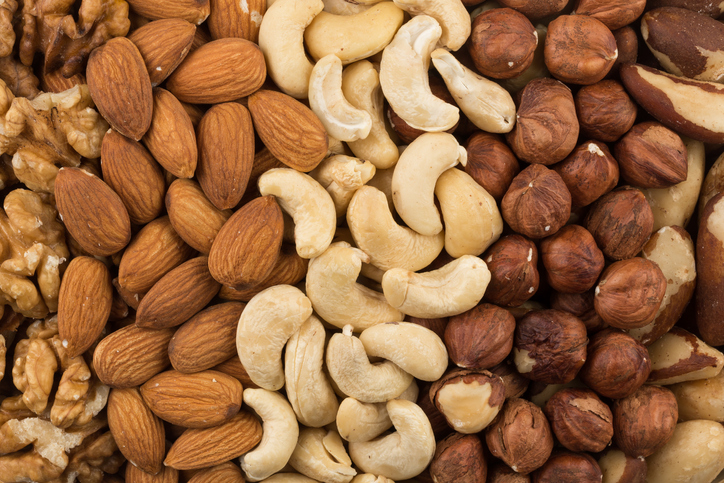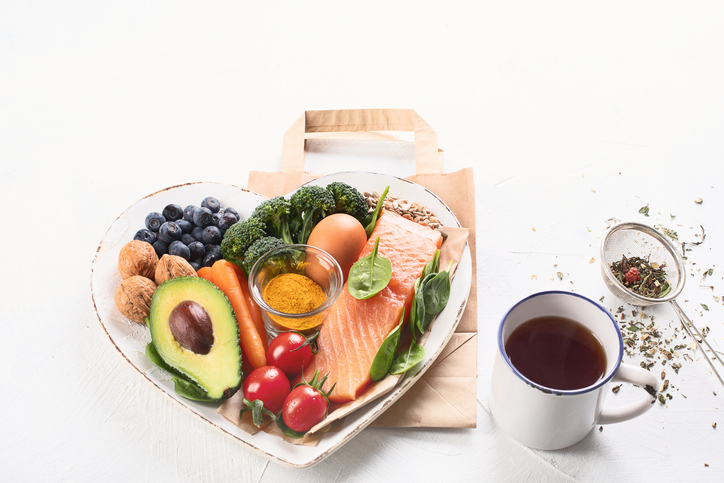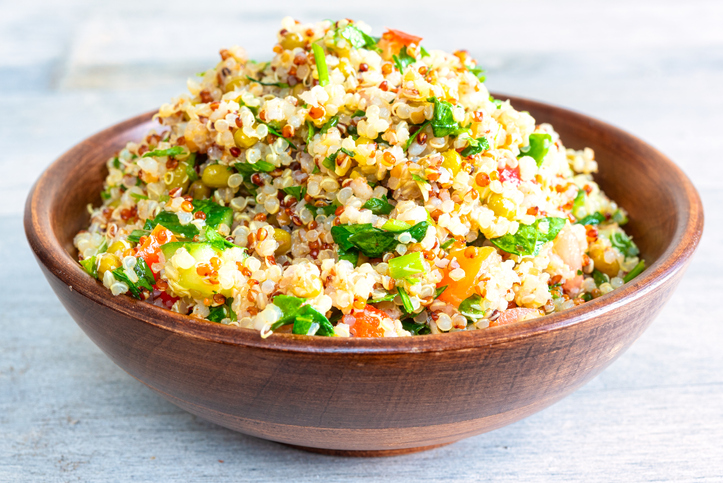The 10 Best Vegan Protein Sources
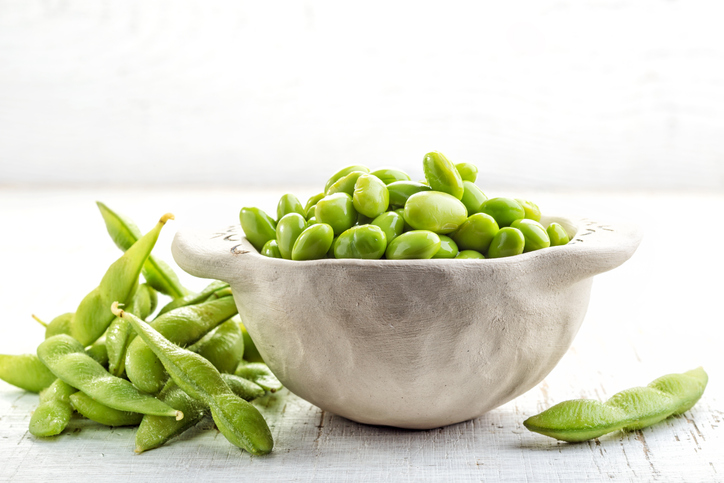


Eating vegan or vegetarian is becoming a more common dietary choice, and that means more and more people have questions about getting enough nutrients, like protein, in their plant-based diet. Here’s the good news: it can be easy to meet your daily protein requirements as a vegan. The secret? It’s all about balance.
If you end up becoming a “junk food vegan,” then you may end up feeling low-energy and having a protein deficiency. A diet consisting purely of vegan frozen waffles and chips won’t supply enough protein (or practically any other nutrient) for your body’s energy needs. But if you take full advantage of a plant-based diet and fill your plates with colorful produce, hearty grains and satisfying spuds, then you should have no problem meeting your daily protein goal.
How to determine if you’re eating enough protein as a vegan
People who aren’t sure they’re meeting their protein goals can easily figure that out. Download a food-tracking app, and record your regular diet for several days. Keep an eye on your protein intake and see if you’re hitting your daily number.
If you aren’t, try incorporating more of the suggested foods below into your meals. Remember, if you have another reason to need extra protein, such as being pregnant or following a rigorous training schedule at the gym, then it’s a good idea to consult a registered dietitian and pay closer attention to tracking your protein intake.
Best vegan proteins
Free of dairy, eggs and meat, this extensive guide highlights some of the best vegan protein sources available. You will see some classics on this list, like beans and tofu, as well as often-overlooked foods like green peas and wild rice that also pack some serious protein punch.
1. Soy
Soy protein can be a part of a healthy plant-based diet. Foods like tofu, tempeh, edamame and even soymilk are great options for adding protein into your diet. The ubiquitous vegan protein is often associated with processed patties or mystery “meat” loaf, but it doesn’t have to be. Try cooking up a stir-fry featuring tempeh or tofu, steaming some edamame for an easy appetizer, or topping your morning cereal with soymilk. Most experts recommend eating up to two servings of soyfoods a day, as soy isoflavones are heart-healthy and may help reduce muscle damage during exercise.
- Tempeh: 17 grams protein per 1/2 cup
- Shelled edamame: 9 g protein per 1/2 cup
- Tofu: 9 g protein per 3 ounces
- Soymilk: 7 g protein per 1 cup
2. Nutritional yeast
Affectionately nicknamed “nooch” by the vegan community, nutritional yeast’s scientific-sounding name shouldn’t throw you off. It’s an inactive yeast that is yellow in appearance and has a unique cheesy, umami-rich taste. It has 4 grams of protein per 2 tablespoons and, as a bonus, is a great vegan source of vitamin B12. Most food sources of vitamin B12 are animal sources, so many vegans need to supplement. Talk to your doctor to make sure you’re getting enough if you eat a vegan diet. Enjoy nutritional yeast in sauces or dressings, sprinkled on your next pasta dish or tossed into a bowl of popcorn.
- Nutritional yeast: 4 g protein per 2 tablespoons
3. Seitan
Seitan is a staple in plant-based diets. It is created with vital wheat gluten, the main protein in wheat, which results in a chewy and hearty texture that really mimics meat in some dishes. A 3-ounce serving of seitan contains 20 grams of protein. You can make seitan yourself by purchasing vital wheat gluten, or find it precooked next to the tofu in the refrigerated section of your local supermarket or natural-foods store.
- Seitan: 20 g protein per 3 ounces
4. Whole grains
Easy to eat morning, noon or night, whole grains can sneak extra protein into meals even though we typically think of them as carbohydrate sources. Many varieties are naturally high in protein, not to mention they deliver fiber, vitamins and minerals to your diet. To boost your daily grain intake, start your day with a warm bowl of oatmeal, keep lunch fresh with a quinoa salad or end your evening with wild-rice-stuffed peppers for dinner.
All measurements are for cooked grains.
- Quinoa: 8 g protein per 1 cup
- Wild rice: 6.5 g protein per 1 cup
- Oats: 6 g protein per 1 cup
- Buckwheat: 5.5 g protein per 1 cup
5. Green veggies
Often overlooked when it comes to protein, green vegetables offer more than just vitamins and minerals. Foods like spinach, Brussels sprouts and green peas all contain decent levels of protein to balance out your plate. Not to mention, greens are antioxidant-rich, full of fiber and low in calories. Try adding cooked spinach to pasta, mixing green peas into a curry or roasting up Brussels sprouts for an irresistible crispy side.
All measurements are for cooked vegetables.
- Spinach: 4 g protein per 1/2 cup
- Green peas: 4 g protein per 1/2 cup
- Brussels sprouts: 3 g protein per 1/2 cup
6. Sprouted bread
Sprouted-grain bread, also sometimes called Ezekiel bread due to the popular brand name, is a whole-grain baked good that has a hefty amount of protein too. Depending on the brand you purchase, one slice contains 4 to 5 grams of protein—meaning that if you make a sandwich you’re already starting with a whopping 8 to 10 grams of protein before you even add the fillings. Other ideas for using sprouted-grain bread include toast, a breakfast strata or breadcrumbs.
- Sprouted-grain bread: 4 g protein per slice
7. Potatoes
The humble spud isn’t known for being a health food due to its many less-healthy incarnations (looking at you, french fries and loaded potato skins), but it’s actually a wholesome addition to your diet. Just one russet potato contains 8 grams of protein, more potassium than a banana and is a good source of fiber. Other varieties like red or sweet potatoes don’t contain as much protein, but they still can contribute to your daily intake goal. Try potatoes of all types mashed, roasted, baked or scalloped.
- Russet potato: 8 g per large spud
- Red potato: 7 g per large spud
- Sweet potato: 3.5 g per large spud
8. Legumes
A go-to for vegans looking to bulk up their protein intake, legumes are the budget-friendly base of many plant-based dishes. The category of legumes contains beans and lentils, both powerhouses when it comes to plant protein. Different lentil varieties can contain up to 18 grams of protein per cup (cooked), while beans can range between 10 and 18 grams per cup depending on the type. Use lentils as taco filling, in chili or as a curry base. Beans are extremely versatile; some of our favorite ways to use them are blended into hummus, formed into fritters or as baked potato toppers.
All measurements are for cooked legumes.
- Lentils: 18 g per 1 cup
- Chickpeas: 11 g per 1 cup
- Black beans: 14 g per 1 cup
9. Seeds
Seeds aren’t just for the birds. From sesame seeds whirred into tahini to flaxseed sprinkled onto oatmeal or baked into bread, seeds can be a rich source of protein and fiber in a vegan diet. Flax, chia and hemp are also good sources of plant-based omega-3 fats. Seeds are an especially nice protein option for anyone with nut allergies. Spread sunflower-seed butter on toast, blend tahini into a salad dressing or make a chia seed pudding.
- Pumpkin seeds: 8 g per 1.5 ounces
- Hemp seeds: 6 g per 2 tablespoons
- Tahini: 5 g per 2 tablespoons
10. Nuts
No plant-based pantry would be complete without several varieties of nuts, which are equally easy to snack on or to incorporate into recipes. The American Heart Association recommends eating 1.5 ounces of nuts or 2 tablespoons of nut butters several times a week. Although the serving sizes are small, each contains a hefty dose of protein. Easy uses include packing up pre-portioned baggies of almonds for grab-and-go snacks, whisking peanut butter into sauces, and adding a sprinkling of walnuts to your next salad.
- Almonds: 9 g per 1.5 ounces
- Cashews: 8 g per 1.5 ounces
- Peanut butter: 8 g per 2 tablespoons
© Meredith Operations Corporation. All rights reserved. Used with permission.














